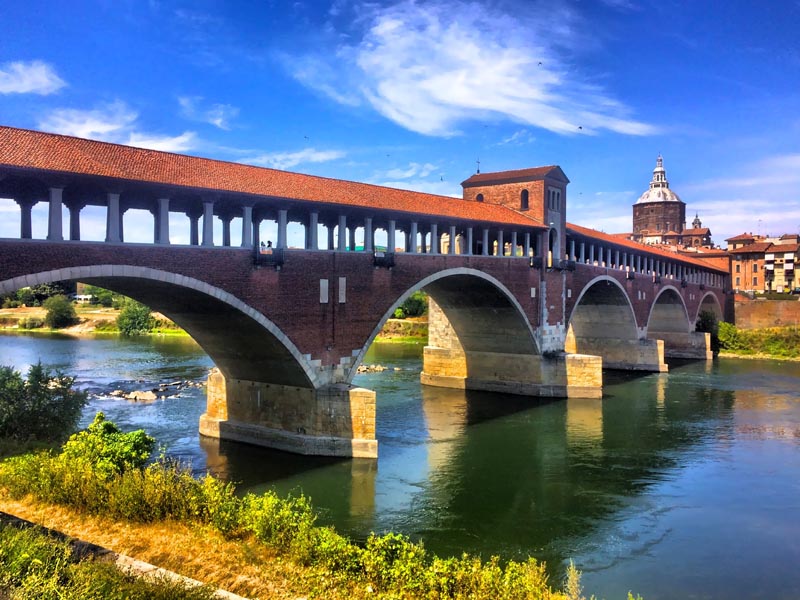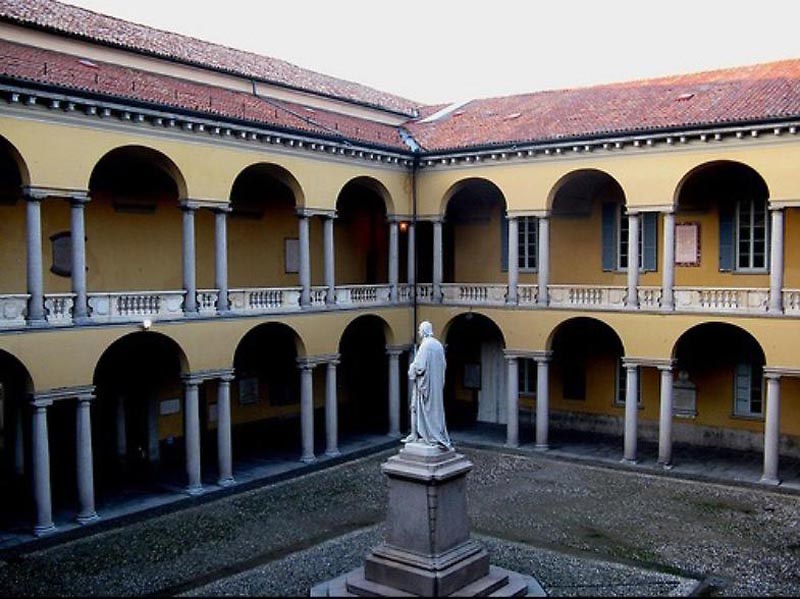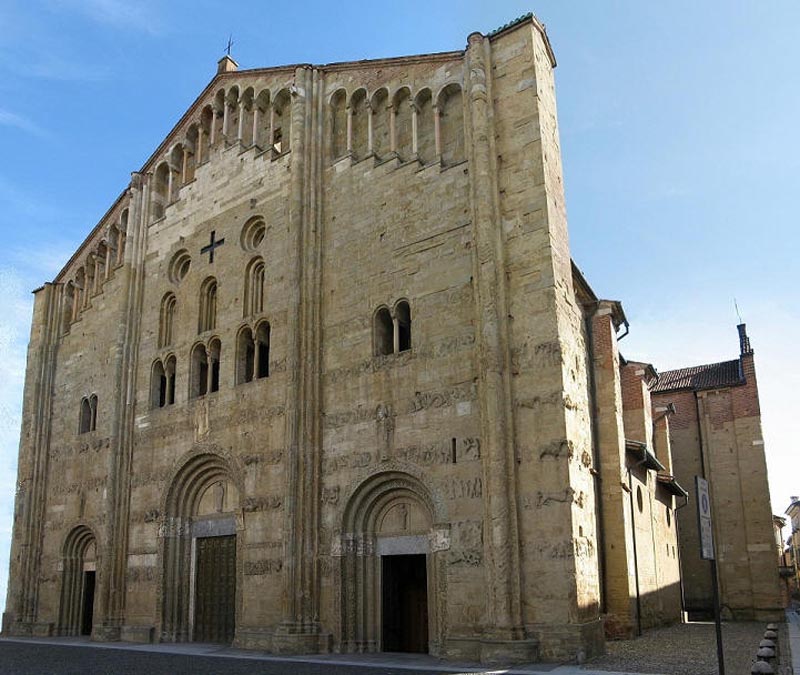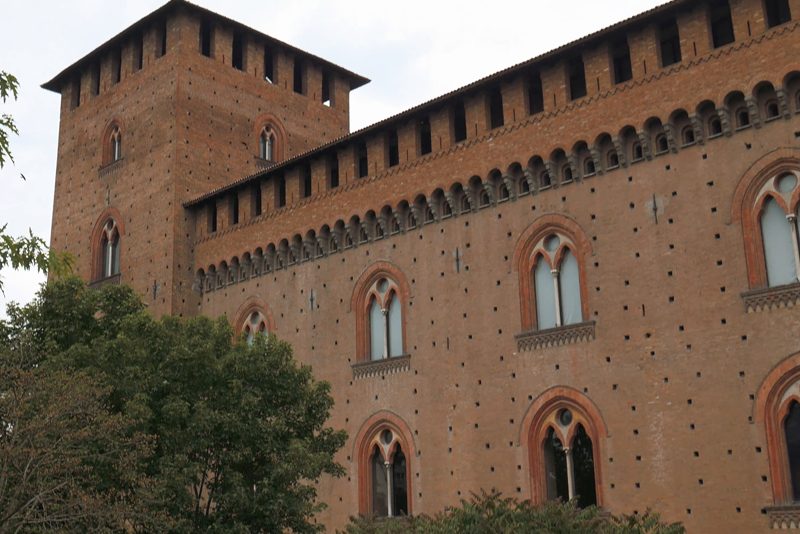No city should be so big that a man cannot walk out of it one morning. Secondo Cyril Connolly this should be the suitable size of a city agglomeration and the city of Pavia fits this description perfectly. Collected, discreet, and serene. Pavia is a city of hidden streets, silent cobbles and spacious squares. The way to get to know it is to get lost, well aware of the fact that any corner will make you feel at home.
The story of a proud city
Pavia, perched in the Lombardy region a few kilometers from Milano, rediscovers its origins thanks to the Transpadan Gauls but knew its glory thanks to the Romans. In 572 its beauty and its strategic position earned it the title of capital in the Lombard kingdom even if, later, Charlemagne conquered it.

In Pavia the coronation of Frederick Barbarossa with the Iron Crown took place and he chose the Basilica of Pavia. Like many other Italian cities, for about a century, between 700 and 800 it was disputed between the French, Austrians and Spaniards, passing from kingdom to kingdom. It was only in 1859 that it became part of the Kingdom of Sardinia, thus starting to walk the road towards the unification of Italy. Undoubtedly, its history oozes from the walls of the University, being one of the oldest and where too Ugo Foscolo e Alessandro Volta they have drawn wisdom.
Pavia: the city of churches
Although numerous men - including also Einstein - crossed it, the city of Pavia gathers numerous churches inside.

Il Duomo, built in the fifteenth century, it preserves the relics of the Holy Thorns of Christ, the evocative paintings by Carlo Sacchi and the relics of San Siro, the protector of the city. The remains of Severino Boethius, on the other hand, are jealously guarded by Cchurch of San Pietro in Ciel d'Oro, as well as those of Sant'Agostino. Of incredible beauty and religious reverence, the monumental ark of Sant'Agostino undoubtedly stands out inside. There church of San Michele Maggiore, on the other hand, its origin dates back to 1118 and still preserves the beauty and grandeur of time.
The Visconteo Castle: power in the green
Not far from the center, the Castle Visconteo stands in a luxuriant garden. Built in 1360 by Galeazzo II Visconti, reflects the culture that flows in the veins of the city of Pavia.

The court that resided there, in fact, was sophisticated and in search of passions and interests, which irremediably resulted in new acquaintances. Incredible and charismatic characters have taken place inside the large adorned rooms, in particular Ludwig Il Moor. It was in the ducal chapel that he got married with Beatrice d'Este, daughter of the duke of Ferrara. To date, there are many museums that have taken shape inside the Castle, such as that of the Risorgimento or the Malaspina Art Gallery.
The Covered Bridge: the architectural umbrella of Pavia
The city of Pavia is crossed by the Ticino, one of the major tributaries of the Po and one of the largest rivers for the flow of water. To offer a passage between the two banks of the river is the Covered Bridge which represents a symbol of Pavia.

In fact, it connects the historic center of Pavia to Village Ticino and offers shelter from the rain. The version seen today was built between the end of the 40s and the 50s, in fact, the medieval bridge was destroyed during theto World War II, due to Allied bombing. Its construction, according to legends, refers to the dispute between the Devil and the Archangel Gabriele, ending with the victory of the latter. Thus, Pavia retains the charm of a city on a human scale, full of history, religion and innovation.




